A vague job brief just cost you another three weeks of searching. Your hiring manager rejected the shortlist – again. And that key maintenance superintendent role? Still empty after two months. Sound familiar?
Poor job briefs are expensive and frustrating. They lead to extended vacancies, rejected candidates, and eventually, rushed hires that don’t work out. But there’s a better way.
This 10-step guide will help you nail that important first conversation with hiring managers. You’ll learn how to get the clarity you need to find the right people, with the right skills, faster.
1. Do Your Pre-Meeting Homework First
Your hiring manager is about to tell you they need someone ‘yesterday.’ Before that conversation, arm yourself with context that will help you ask the right questions and push back where needed:
- Team Context:
Look for red flags like recent resignations or evolving role responsibilities. If three people have left this position in two years, you need to know why before you start searching. - Market Reality:
Know what’s happening at other sites. Has there been a wave of redundancies at other mines you could tap into? Are certain skills becoming more valuable? This intelligence helps you manage expectations about salary and availability of talent. - Site Challenges:
Whether it’s a remote site with retention issues or a high-pressure operation with aggressive production targets, understanding your site’s reality helps you focus on candidates who will actually stick.
Your hiring manager might not volunteer this information – but it’s essential to find the right person. Use it to guide your questions in the briefing conversation.
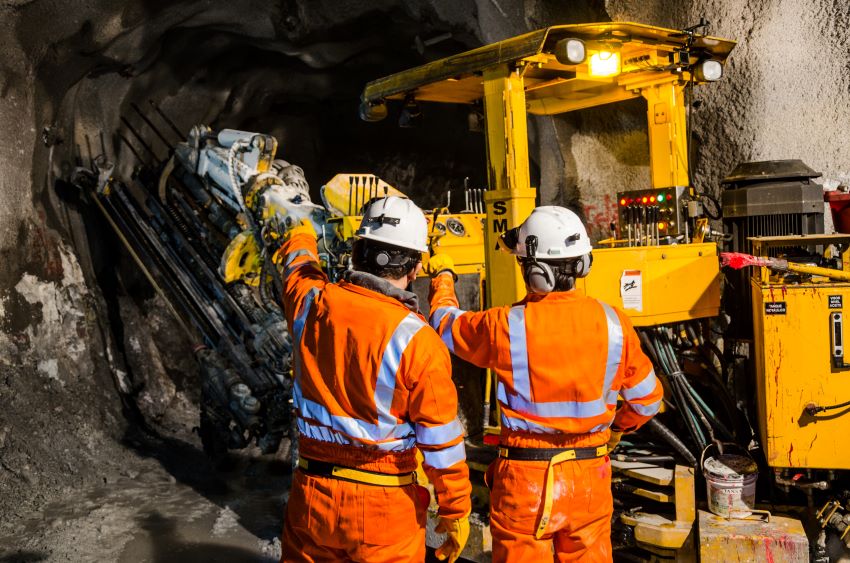
2. Start with a Thorough Intake Meeting
That ‘quick chat’ about the role requirements? It just cost you three weeks of searching for the wrong candidates.
Book a proper intake meeting – 60-90 minutes without interruptions. For FIFO managers, lock it in during their site rotation. Yes, it’s a big time commitment. But it’s nothing compared to the weeks you’ll waste with a rushed brief.
It’s a good idea to:
- Use a structured template to keep the conversation on track
- Ask specific questions about past recruitment challenges
- Get permission to record the meeting to capture every detail and have complete notes to refer back to
Try not to let your hiring manager treat this meeting like a quick coffee catch-up. This is your chance to get the clarity you need to find the right person – make it count.
3. Understand the Role in Context
Dig deeper than the position description. The why matters. Before you start searching, you need more context. Start with why this role exists:
- Is this replacing someone who left?
- A new role for a project?
- Part of a restructure? Each answer shapes your timeline and approach.
Focus on operational impact – how does this role contribute to getting ore out of the ground safely and efficiently? This insight helps you sell the role to candidates and prioritise the right attributes during screening.
Hiring managers often want the perfect unicorn, so be prepared to cut through the wish list. Push back gently: “If you had to choose between someone with extensive dragline experience or someone who’s brilliant with maintenance scheduling, which would you prioritise?” These forced-choice questions help distill what’s truly non-negotiable.
Don’t overlook things that can be deal-breakers such as:
- Environmental reporting responsibilities
- Safety system requirements
- Statutory obligations
These are compliance requirements that often can’t be compromised.
Most mining operations rely heavily on contractors, so understand contractor management expectations. Will this person manage contracts or coordinate with third parties? The ability to manage external relationships might be just as important as technical mining knowledge.
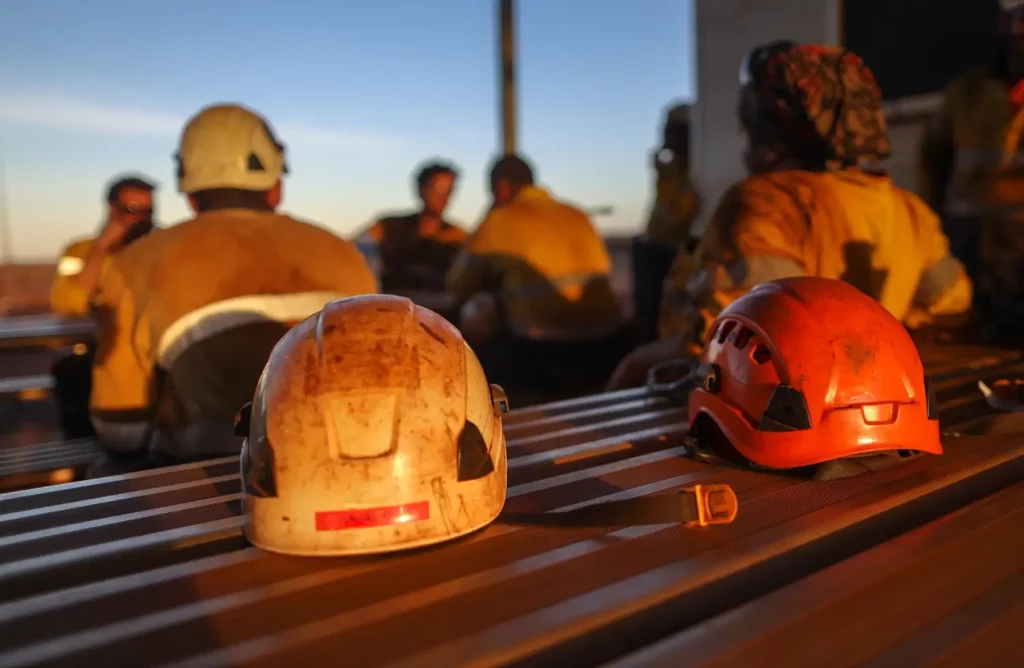
4. Dig Deep into Technical & Soft Skills
‘Mining experience’ can mean a hundred different things. Get specific:
- What type of operation – open-cut coal, underground gold, mineral processing?
- Which systems and equipment?
- What level of responsibility? The more detailed your brief, the more targeted your search.
Certifications in mining carry real weight – they’re not just CV padding. Does the role need statutory tickets? Underground supervisor certification? Control room operator qualifications? Site-specific competencies? These formal requirements immediately narrow your candidate pool, so identify them early to avoid pursuing people who can’t legally perform the role regardless of their experience.
The harsh realities of mining environments demand specific psychological qualities. Can they handle isolation? Do they need to lead a diverse crew? Will they be making critical decisions under pressure? These qualities are often harder to find than technical skills but equally important for success.
5. Define Required Experience Precisely
Context is important in mining recruitment because specific mining experience matters. Open-pit coal experience doesn’t always translate to underground hard rock. Make sure you understand:
Equipment & Systems:
- Which fleet does your site use – Cat? Komatsu? Liebherr?
- Essential software platforms – Deswik? Vulcan? SAP?
- Control systems and technology requirements
Also consider:
- Could experience from oil and gas, heavy construction, or ports add value?
- Would someone from a different environment bring valuable fresh perspective?
- How steep is the learning curve between different mining methods?
Challenge arbitrary requirements:
- Is 10+ years experience really necessary?
- Could someone with 5 solid years be equally effective?
- What’s truly essential vs ‘nice to have’?
The best talent might not have the most obvious background. Sometimes an outside hire brings innovation and fresh approaches that benefit the operation.
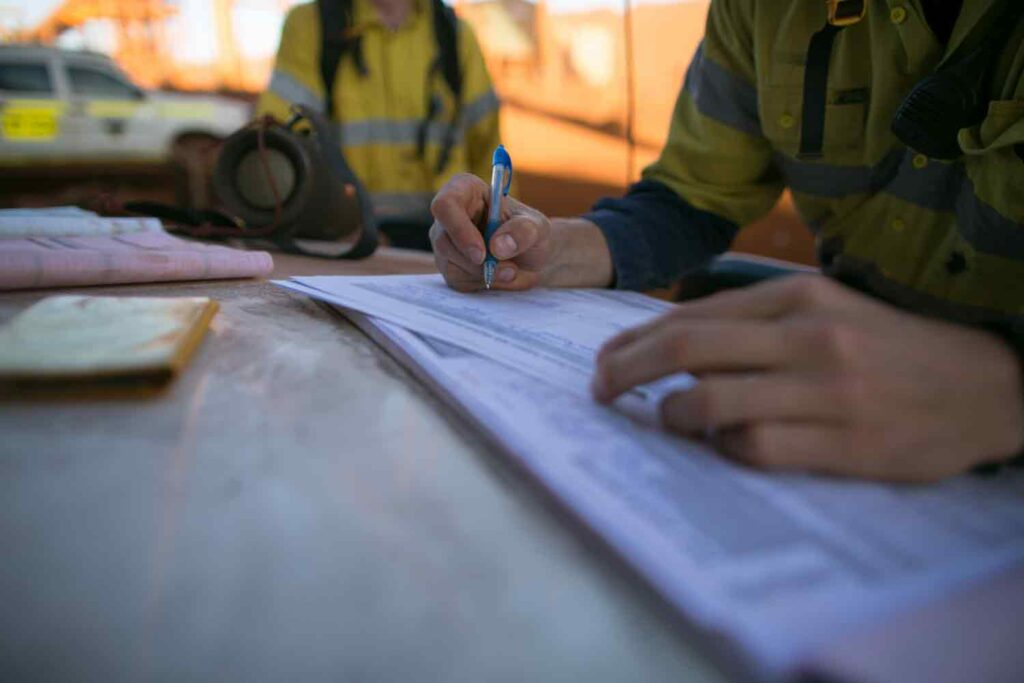
6. Build Diversity Into Your Brief
Mining has traditionally been bloke-heavy, but smart operators are changing this. Don’t treat diversity as an afterthought, instead build it into your brief from the start.
Understand your current position and discuss things like:
- What’s your site’s current diversity profile?
- What targets are you aiming for?
- How can this role help improve those numbers?
To attract more women to FIFO roles, address the basics:
- Secure facilities aren’t just nice-to-haves – they’re essential
- Zero-tolerance harassment policies must be clear and enforced
- What specific accommodations might be needed?
Consider flexibility options:
- Could parts of the role work remotely?
- Is job-share possible?
- How could the role adapt to different working patterns?
Many sites are on traditional lands, so you should consider:
- What are your indigenous employment targets?
- What support systems exist for indigenous employees?
- How can this role help meet community agreements?
Challenging traditional approaches opens doors to different talent pools and can actually improve operational outcomes through diverse thinking.
7. Be Realistic About Site Conditions
The mining lifestyle is demanding – be upfront about it. Ensure roster clarity from the outset. Is it 2/1, 8/6, 4/3, or something else? Is there flexibility around swaps or emergencies? The roster structure is often the first filter candidates apply, so accuracy here prevents wasted time.
Be honest about your site’s reality and vibe. Hiring someone who expects one thing and gets the other leads to quick departures.
Detail the daily reality:
- Accommodation type – shared dongas or private ensuites?
- Meal arrangements – chef-prepared or self-catering?
- Environmental conditions – extreme heat, pre-dawn starts, underground humidity?
- Internet access and connectivity for family contact
These aren’t minor details, they’re deal-makers or breakers for FIFO workers who’ll spend a third of their life on site. Clear expectations now mean better retention later.
Be honest about challenges. Whether it’s Pilbara dust or patchy internet affecting FaceTime with kids, candidates who know what they’re walking into tend to stick around longer.
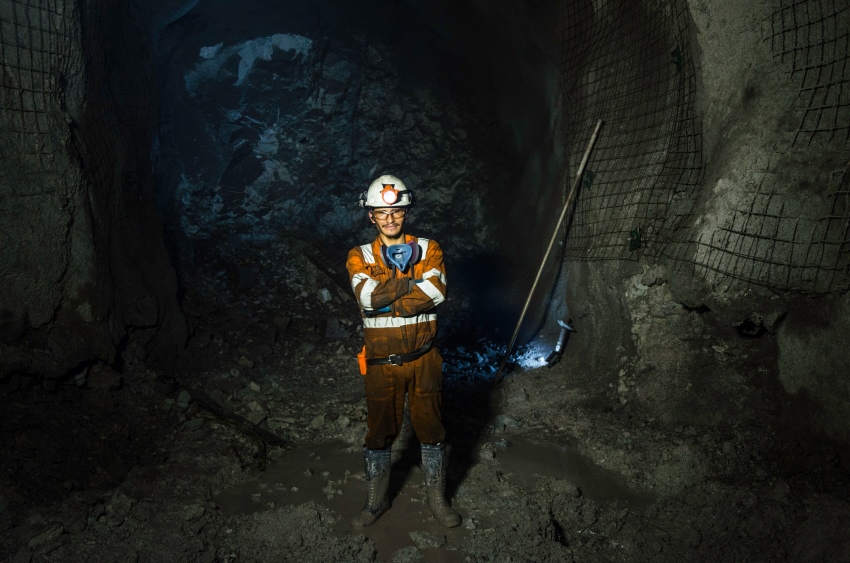
8. Discuss Salary Benchmarks & Benefits Early
Don’t wait until you’ve found the perfect candidate to discover your budget won’t secure them. The ‘market rate’ for mining roles fluctuates wildly, and top talent won’t wait while you sort out approvals.
Get clear on the money:
- What’s your actual budget range?
- Is there wiggle room for exceptional candidates?
- Which site allowances and incentives apply?
- Are there production or safety performance bonuses?
Remember: The best candidates often care about more than just the paycheck. They want to know:
- Career development opportunities
- Support for further qualifications
- Clear pathways to advancement
- Project completion bonuses
- Redeployment possibilities
For fixed-term projects, security matters as much as compensation. Be ready to discuss future prospects, especially when asking someone to relocate. A candidate weighing multiple offers might choose your role for the growth potential, not just the dollars.
9. Lock Down Your Recruitment Timeline & Process
Get aligned on the timeline before you start to prevent frustration and panic hiring when deadlines approach.
Map out your critical dates:
- When does the hiring manager need someone on site?
- Are there shutdown periods to work around?
- Which expansion milestones could affect timing?
- What’s a realistic timeline working backwards from these?
Get the selection process crystal clear:
- Number and type of interviews required
- Technical assessments or site visits needed
- Psychometric testing requirements
- Decision-makers at each stage
Most importantly, establish who has final sign-off authority. There’s nothing worse than losing a great candidate because your offer is stuck in an approval loop no one mentioned at the start.
In mining, operational realities drive everything. Build your recruitment timeline around them, not the other way around.
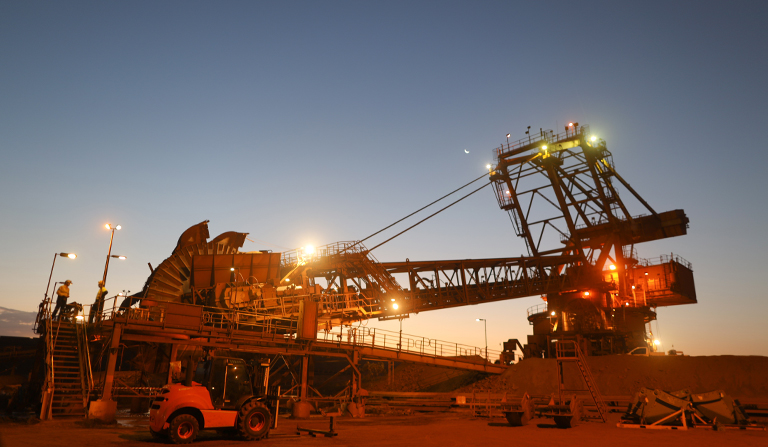
10. Set Clear Communication Expectations
Poor communication between HR and hiring managers kills momentum. Start with a clear plan:
Agree on scheduled updates and details like:
- Weekly progress reports or milestone updates?
- Full candidate list or shortlist only?
- How many candidates to present at once?
- Maximum 24-48 hours for interview feedback
Get crystal clear on who does what:
- Who handles salary negotiations?
- Who makes the formal offer?
- Who provides feedback to unsuccessful candidates?
- Who manages the final paperwork?
These might seem like small details, but unclear responsibilities lead to crossed wires and lost candidates. In today’s competitive market, great candidates won’t wait while you sort out internal confusion.
The payoff: Getting it right
A detailed brief takes time and effort. But compare that to the cost of getting it wrong: weeks of fruitless searching, frustrated hiring managers, rejected shortlists, and eventually, a rushed hire that doesn’t work out.
Think about it this way – every hour you invest in getting a clear brief saves you days of screening the wrong candidates. In an industry where the wrong hire can cost hundreds of thousands in lost productivity and replacement costs, it’s time well spent.
Remember: Your hiring process shows candidates what working for your company is really like. Make it thoughtful, thorough, and professional from the very first brief.

